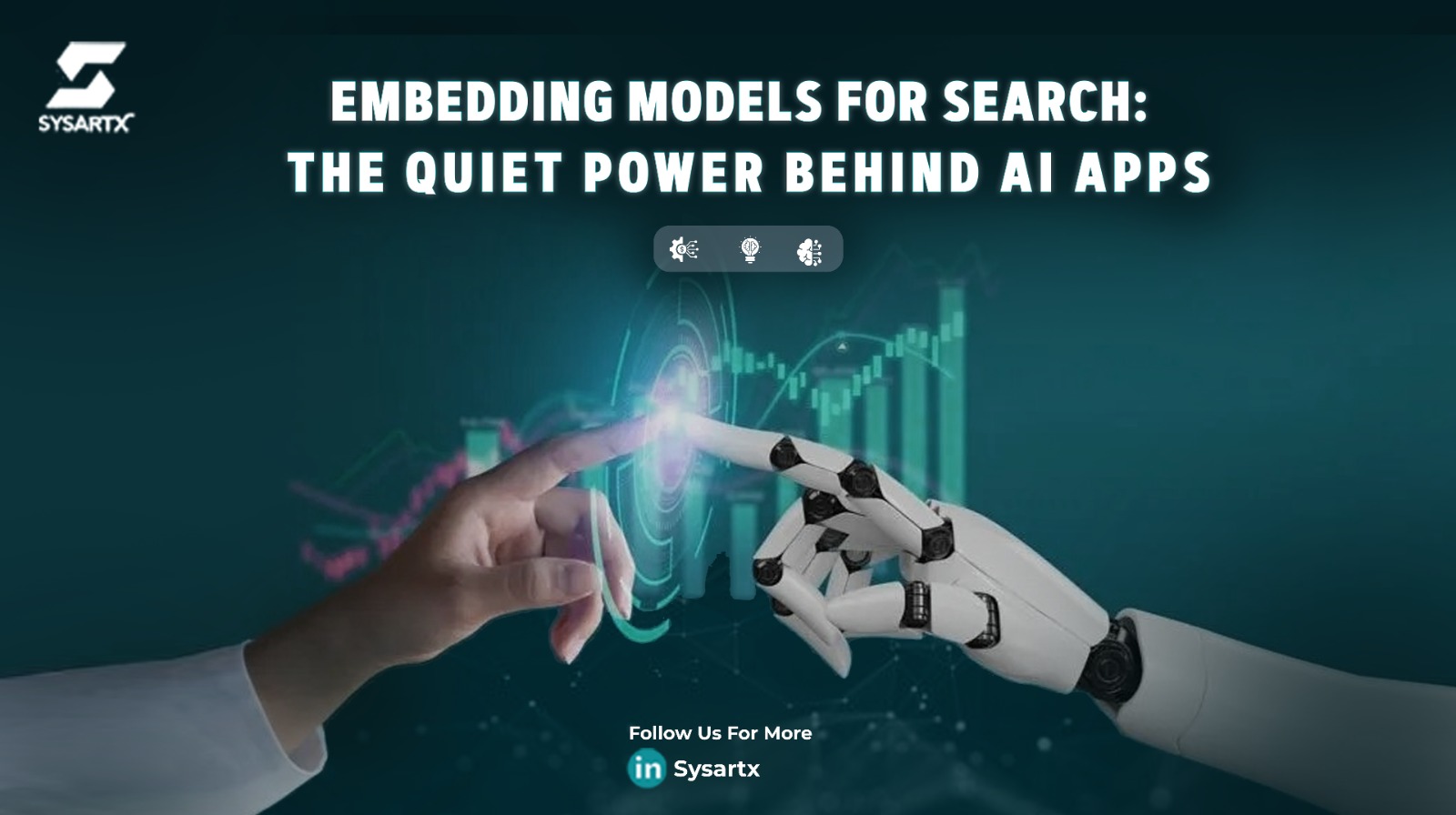
Everyone’s talking about GPTs, agents, and chat interfaces — but quietly powering most of the magic behind today’s smartest AI apps?
Embeddings.
They’re the unsung heroes behind smarter search, context-aware assistants, and grounded LLM outputs. And if you’re building anything AI-driven in 2025, understanding embeddings is non-negotiable.
Let’s unpack why.
What Are Embeddings, Really?
At a basic level, embeddings are vector representations of meaning. They convert text (or code, or images) into dense numerical formats that preserve semantic relationships.
Think of it like this:
- “Order status” and “track my shipment” → close together in vector space
- “How to cancel” and “return policy” → also nearby
- But “basketball rules” and “invoice number” → far apart
This allows your app to retrieve relevant information even when keywords don’t match.
Why Embeddings Are Game-Changers for Search
Traditional keyword search is rigid. If the user’s query doesn’t exactly match the doc’s words, it fails.
Embeddings change that.
They enable:
- Semantic search: Results based on meaning, not phrasing
- Multi-language support: Vector space transcends grammar
- Smarter chatbots: Pulling the right context for each query
- Better recommendations: Matching intent, not just terms
If your product has a knowledge base, doc store, or user-generated content — embeddings can make it feel intelligent.
Not All Embedding Models Are Created Equal
In 2025, we’ve got options:
- OpenAI’s text-embedding-3-small: Fast, compact, great general use
- Cohere’s multilingual models: Built for cross-language apps
- BGE (BAAI): Open-source, surprisingly strong in retrieval
- E5, Instructor, GTE: Great for fine-tuned search and instruction alignment
Choosing the right one depends on your use case:
- Is speed more important than nuance?
- Do you need support for multiple languages?
- Are your documents long or short?
- Do you want to host your model or go API-first?
There’s no universal best — just the right fit for your product.
Embedding Strategy > Just Plug-and-Play
Here’s where most teams go wrong: They think using an embedding model is enough.
In reality, performance depends on:
- How you chunk your data (by paragraph? by heading?)
- How you normalize it (removing noise, metadata, boilerplate)
- How you filter or re-rank results before generating output
- How you measure success (precision, latency, hallucination rates)
Embeddings search is simple to start. But optimized search takes real engineering.
Why Founders Should Pay Attention
Embeddings determine whether:
- Your chatbot actually answers the right question
- Your AI support assistant feels useful or clueless
- Your users find value — or bounce after a few confusing results
You can build a beautiful LLM wrapper, a great UI, even use GPT-4.5…
But if your retrieval layer is weak?
Your app is just guessing.
And in high-trust domains — finance, health, legal, enterprise — that’s not acceptable.
Final Thought: Don’t Ignore the Quiet Power
Founders love to focus on front-facing AI — but the backend matters just as much.
If your app relies on knowledge, context, or smart search, embedding models are where the real intelligence begins.
So if you haven’t already:
- Start testing different embedding models
- Track how search results change
- Build a re-ranking layer
- Treat your vector store like your database — not an afterthought
Because behind every “smart” AI product is a quietly powerful search engine — and embeddings are its brain.
#AIProductDesign #LLMApps #EmbeddingModels #SemanticSearch #AIInfrastructure #VectorSearch #TechTrends2025


